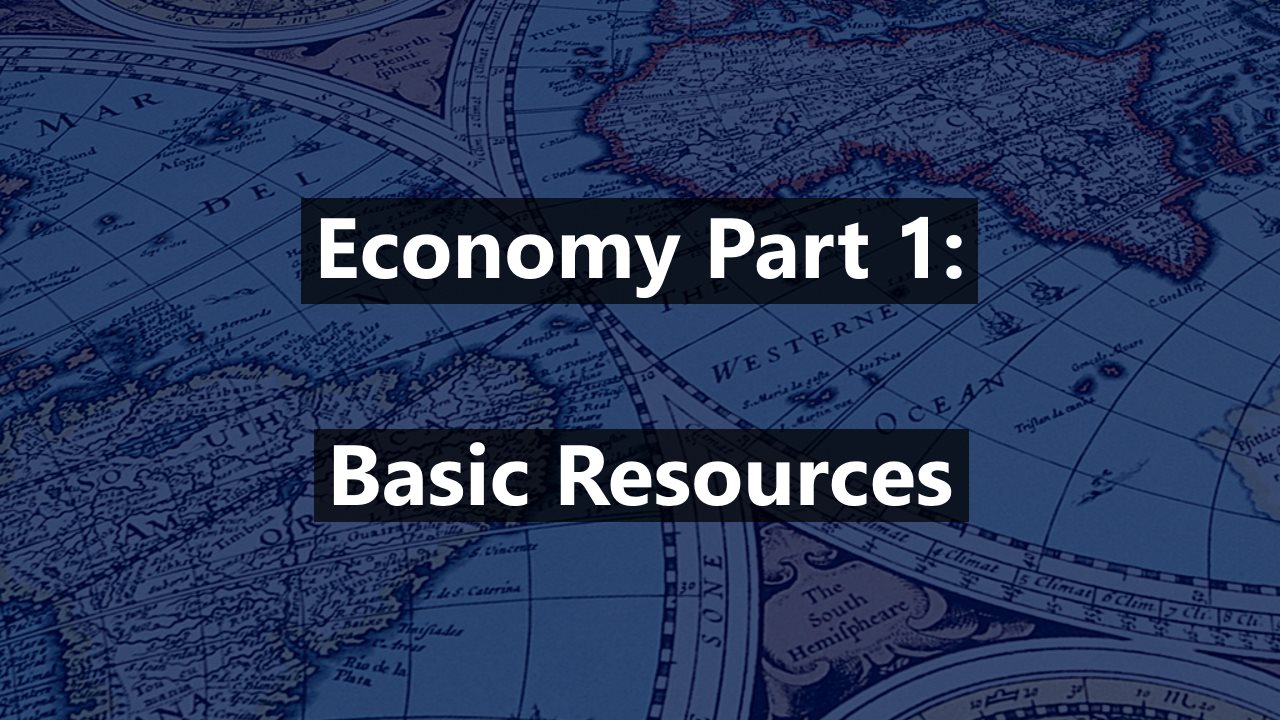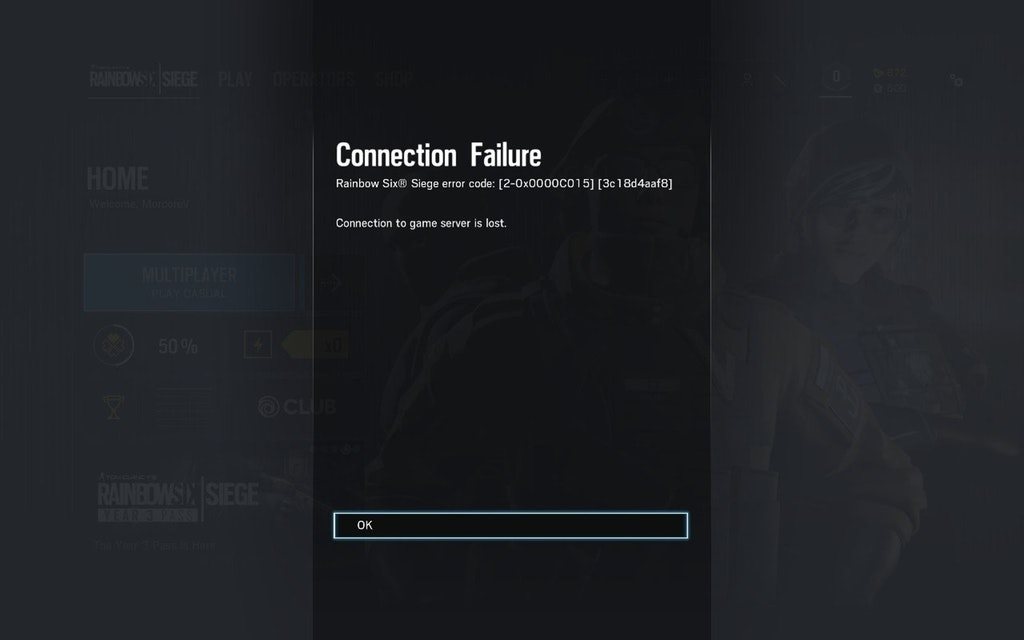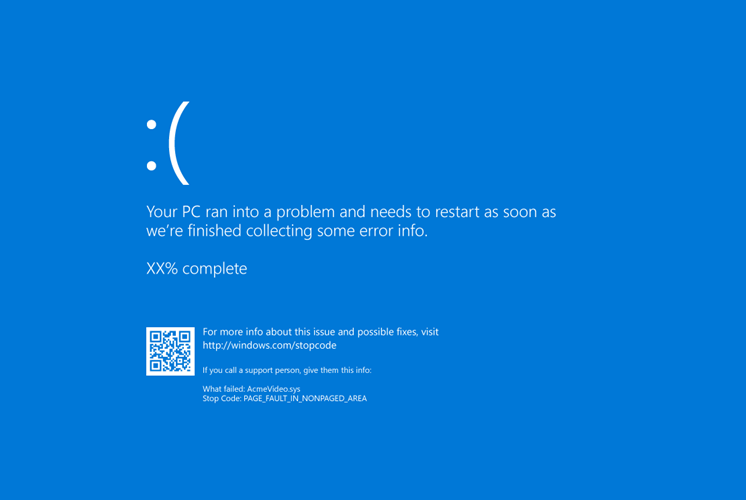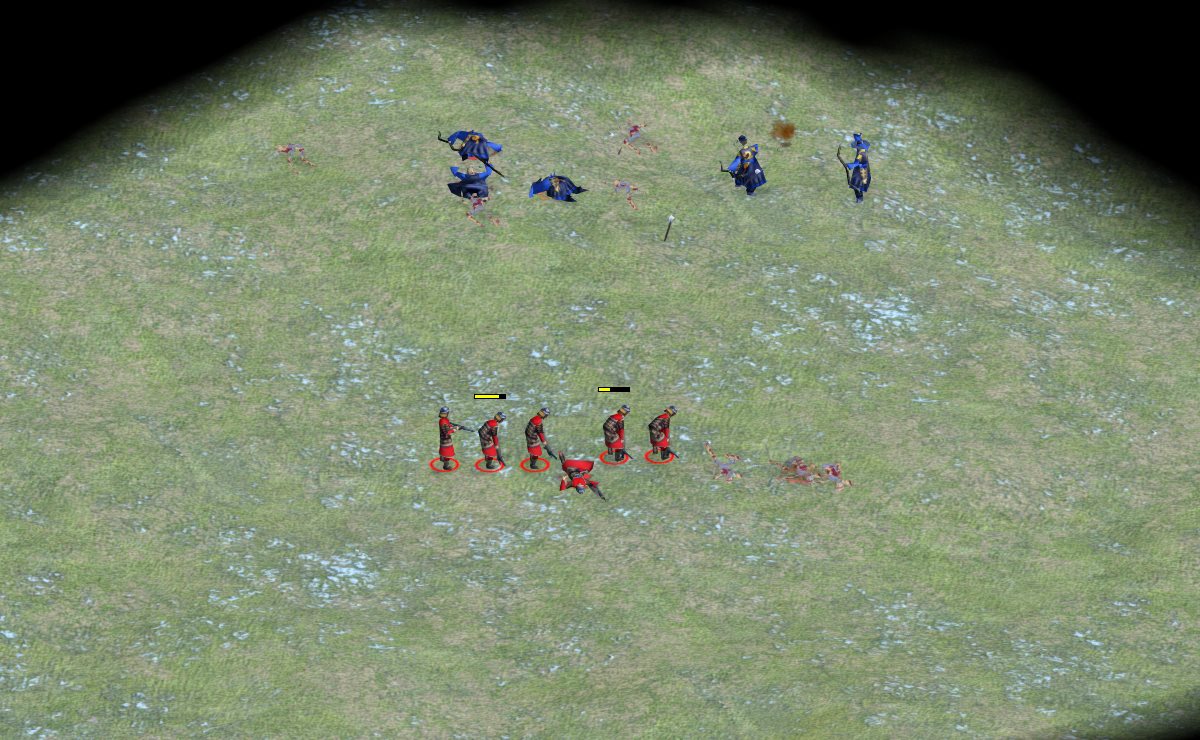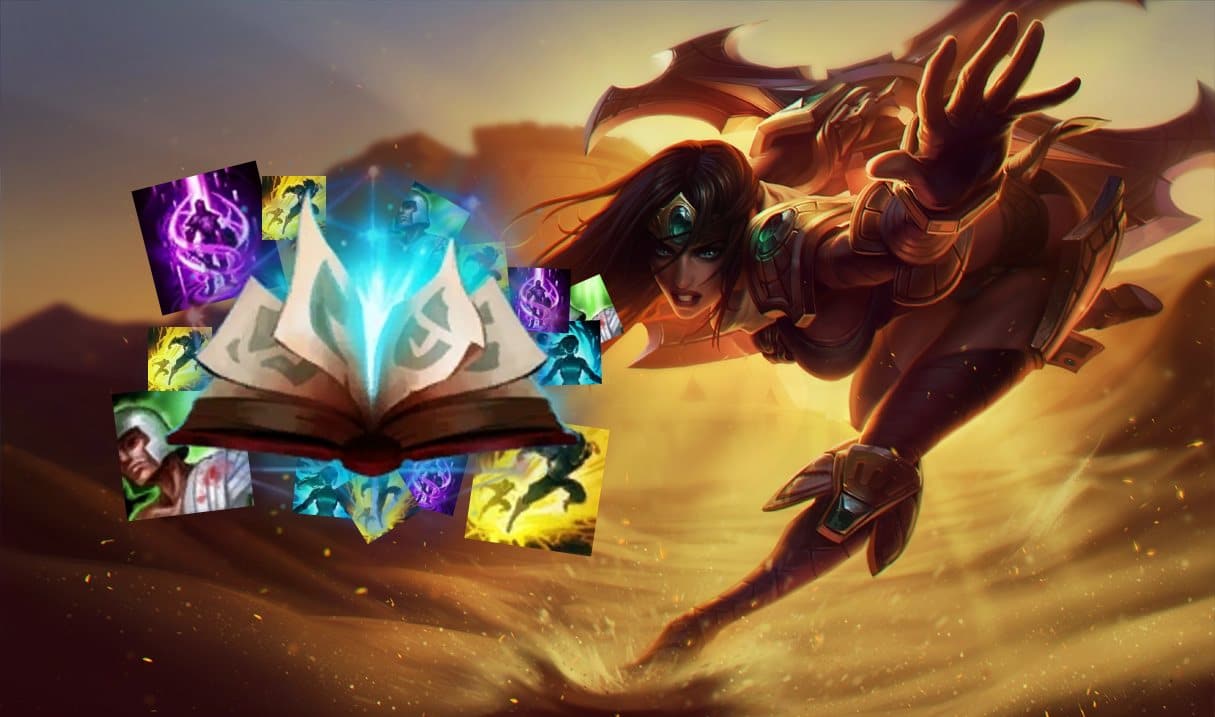Economy and military are two pillars of most games within the RTS genre: you gather resources in order to produce an army of some kind, then use that army to win the game. Whether it’s made up of Zerglings, Grizzly Battle Tanks, Footmen, or Fire Lances – the overall concept is basically the same. Units cost resources, so more resources gathered = bigger army.
Rise of Nations in particular seems to especially focus on the importance of a strong economy, so this series will go over how to get one.
Continue reading “Building a Strong Economy Part 1: Basic Resources”
